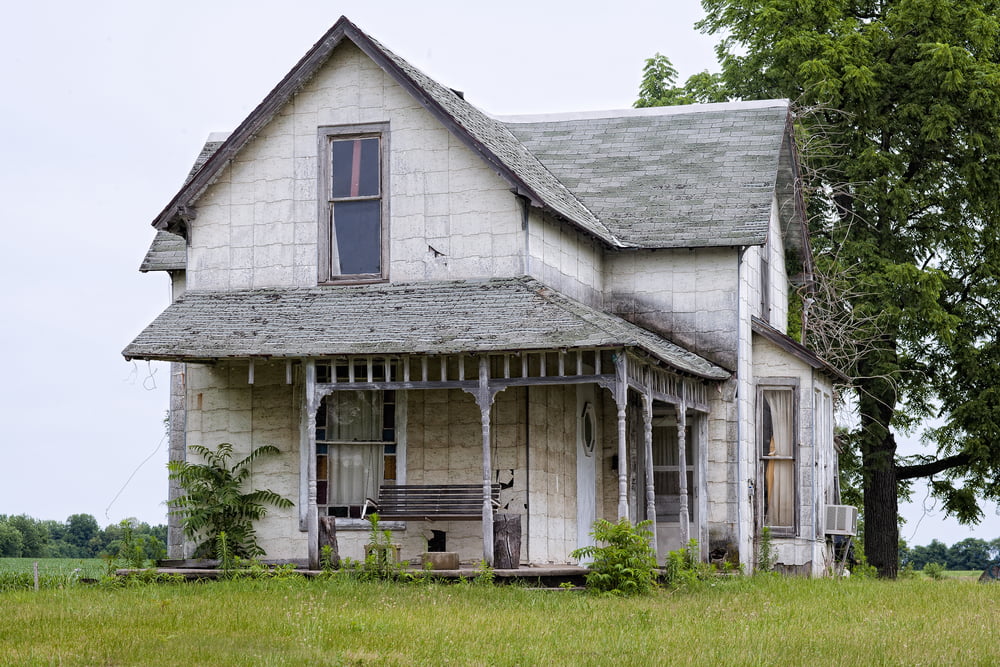A dilapidation report is an important document that details the changes a property has developed after building, excavation and demolition works have gone on around the property. It is not the same as a pre-purchase building inspection report.
Any works done to neighbouring properties can have an effect on other properties in the area as it can cause earth movements that have the potential to cause cracking and sometimes structural damage to nearby properties.
A dilapidation building report will outline the existing condition of a structure prior to building works being conducted and a subsequent inspection outlining any damage after the works have been completed. The report is necessary to prevent litigation claims and is a necessary document if you plan to purchase a property where works have been completed or when purchasing a home where building works are about to start.
What is in a Dilapidation Report?
Before you can discuss the results of a dilapidation report with your inspector, you must understand the report itself.
An experienced inspector will itemise photos of damage to a property before works have started and images of possible defects after the completion of the building works.
The defects could include:
• Cracks in walls
• Cracked plumbing fixtures
• Cracked tiles in bathrooms and kitchens
• Loose or cracked architraves
• Cracks in brickwork on the exterior of the property
• Cracks in concrete paths, outdoor entertaining areas or on pavers
• Doors that can no longer close
• Uneven closing of the garage door
• Ceiling cracks
• Uneven floors
• Windows that may no longer shut
• Wardrobe doors that may no longer slide easily
• Roof tiles that may be cracked or loose
• Uneven garden or retaining wall movements
• Fences that have moved or are no longer aligned
• Cracks in sewer pipes due to earth movements
• Changes to stormwater drainage and gutters
• Cracked shower trays
• Water leaks in walls due to earth movements
The dilapidation report will show images and descriptions of existing internal and external damage before works are started with a comparison to inspection descriptions and photos taken after the works have been completed.
The report is useful when discussing a pre-purchase inspection report with a building inspector as it can give a good foundational understanding to possible defects that may be identified during a pre-purchase inspection.
In most cases, the report is used to prevent litigation from surrounding properties, who may blame property defects on works that took place near their property.
But when it comes to a pre-purchase inspection, it can safeguard a new property owner from purchasing a home that may require structural investment to make it sound for future living.
How to discuss your dilapidation report with your inspector
It’s important to remember your building inspector is experienced and skilled at identifying defects and locating their cause. Their expertise can ensure you make a sound investment. The information in a dilapidation report can give more insight to potential defects that may be identified. Some of the defects may not require too much concern, especially those that were identified before building works took place. Your building inspector can assist in giving you peace of mind on how concerning a crack or uneven door frame may be.
It’s also important to consider if future building works will affect the existing property as well. Often, building works are completed in stages. While your building inspector cannot predict what effect future building works will have on your property, they can advise what can be done to minimise existing cracks that may become worse than what they are.
What if damage is deemed a result of external building works?
In most cases, outside disruption causes little damage to neighbouring properties. However, if the cracks and damage identified in the property have been deemed a result of external building works, the property owner is within their rights to get the damage rectified. The purpose of the dilapidation report is simply to prevent litigation of false claims of damage if the house had pre-existing cracks and structural damage. The dilapidation report can ensure against claims for damage that wasn’t caused by exterior works.
How the dilapidation report works with a property inspection
A dilapidation report is important for properties where roadworks and major construction projects have taken place. It can give a clearer picture to the building inspector who has been booked to complete the pre-purchase inspection.
A dilapidation report is often organised by the builder or contractor completing the building work to avoid possible litigation suits in the future.
Always get a pre-purchase building inspection done on ANY property you’re looking to purchase
It’s wise to identify what building works have been conducted in the area you wish to purchase in. Is there a new highway that has been built? A new school? Footpath? Shopping Centre? Even earthmoving projects for pipe or electrical upgrades to the area can be cause for concern.
All of these projects can have an effect on neighbouring properties in the area, including the property you’re considering to purchase. Ask the existing owners of the property if they had a dilapidation report done. This report is usually sourced during the conveyancing period when the sale of a property has taken place. It’s important for these reports to be sourced and read before the sale of a property becomes unconditional.
With any property that is purchased in Brisbane, it’s important to get a pre-purchase inspection.

